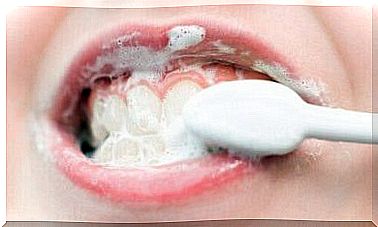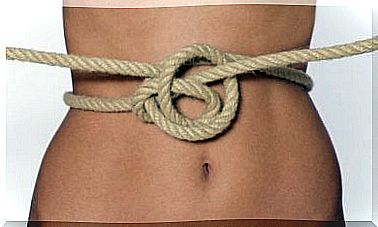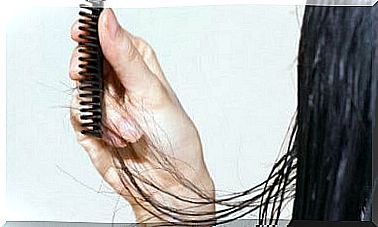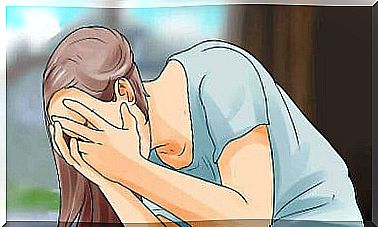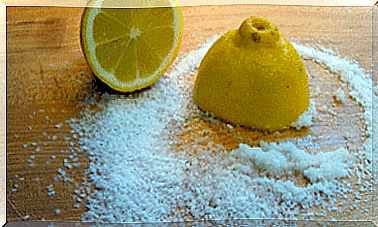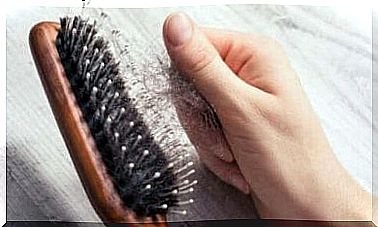Herpes Zoster: Symptoms And Treatment In Children
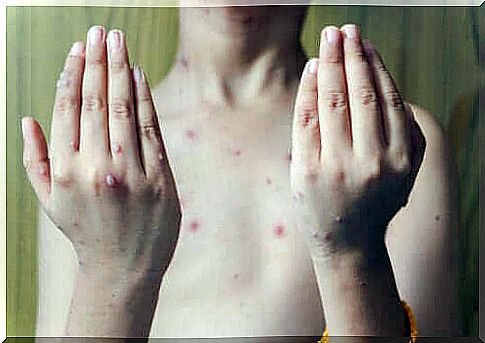
Herpes zoster, or shingles, is a rare viral infection in children caused by reactivation of the varicella-zoster virus. The prognosis is usually good if the child is otherwise healthy.
It is still very important to diagnose and treat it in a timely manner to avoid potential complications. What are its causes? How can it be identified? Continue reading to get the answers to these questions.
Causes of shingles in children
Shingles, or herpes zoster, can break out in both healthy children and those with a weakened immune system. Its main cause is close contact with the varicella-zoster virus, which may remain latent in the nervous system even throughout life. Thus, anyone who has contracted chickenpox can also get shingles later.
The occurrence of this infection in childhood is associated with:
- Intrauterine varicella-zoster virus (VZV) infection. The increased incidence of herpes zoster in otherwise healthy children may be due to primary varicella infection in the uterus, at which point immunity is not yet fully developed.
- Live virus vaccination. In the case of a primary infection, a person’s state of immunity is most important as it determines childhood herpes zoster. Latent varicella-zoster virus (VZV) has been found in the dorsal root ganglia of children who have not had chickenpox and have not been associated with epidermal activity.
- Secondary postpartum exposure to VZV virus at an early age. This probably happened in infancy, when the immune system was not fully developed.
- About 3% of cases of shingles in children occur in children with malignancies.
According to the American Academy of Dermatology, chickenpox in early childhood exposes you to the risk of developing childhood herpes zoster.
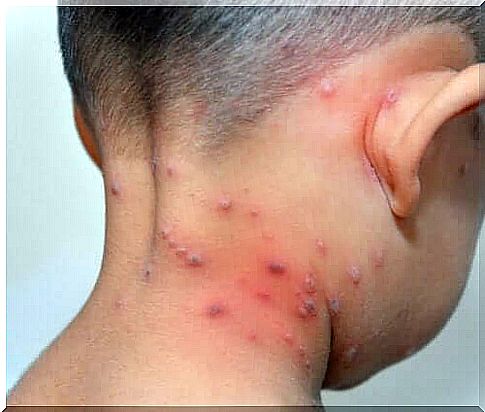
Symptoms of shingles in children
In general, the development of the disease in children is milder than in adults. The average duration is one to three weeks. In the age group 2-12 years, itching and sore blisters may occur. However, there is no acute neuropathic pain, which is usually a hallmark of herpes zoster in adults.
The infection is usually local and is noticeable especially in the buttocks and middle body, although it may also occur in the arms, legs and face. Each child has different symptoms, but the most common clinical manifestations are:
- Skin hypersensitivity in the area where herpes zoster occurs.
- A mild rash that starts after five days as small red dots but later turns into blisters.
- The blisters then turn yellow and dry out.
- Local rash only on one side of the body.
- Eventually, the symptoms disappear in a week or two.
It is important to distinguish between herpes zoster and herpes simplex zosteriform. The latter is distinguished from the monomorphic vesicular vesicles that are common in children.
Shingles treatment in children
Treatments for shingles vary according to the child’s age, immune system, duration of the disease, and symptoms. The goal of most treatments is:
- Limits the severity of the disease.
- Limits the duration of pain.
- Shortens the duration of the shingles cycle.
- Reduces complications.
The first treatment for pediatric herpes zoster is oral acyclovir given four times a day. In addition, treatment can be initiated with topical antibiotics and a zinc sulfate supplement to prevent superinfections.
In children who develop ophthalmic herpes zoster, ie symptoms in the eyes, aciclovir should be taken orally.
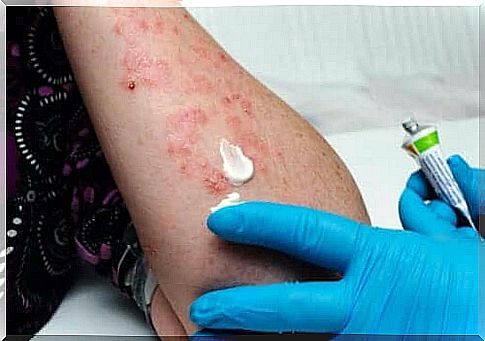
Remarkable medication
Acetaminophen (paracetamol) is recommended as an antipyretic. Aspirin is not recommended due to the association between it and Reye’s syndrome (sudden onset of life-threatening encephalopathy and hepatic impairment).
Ibuprofen is also not recommended due to its epidemiological link and the increased risk of group A invasive streptococcal disease in the form of chickenpox, although not causally.
Important notes
Despite the fact that pediatric herpes zoster is not contagious, anyone with this virus can spread chickenpox to those who have never had it. The researchers note that such spread is only due to direct contact with the blisters.
The symptoms of this infection may resemble other skin diseases, which is why it is always necessary to visit a doctor to get a correct diagnosis.


